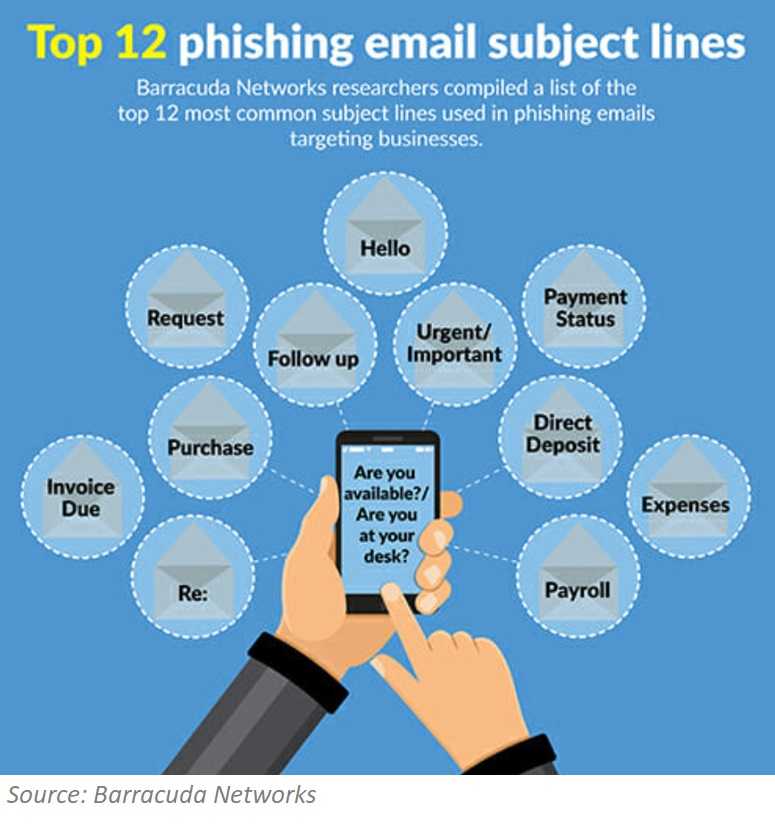The Bottom Line
Small business is important to Central Oregon, and to Mid Oregon. Find tips and resources for business, and information about Mid Oregon’s commercial services and business members.

October is Financial Planning Month: Time to Tune-Up Your Finances!
As we dive into the holiday season, Financial Planning Month gives us the perfect chance to take a closer look at our spending habits, reassess our financial goals, and fine-tune our budgets.
This month isn’t just about crunching numbers—it’s about emphasizing the significance of having a solid financial plan and prioritizing financial habits like budgeting, saving, investing, and planning for retirement.
By honing in on these areas, we can gain better control over our finances, brace ourselves for unforeseen expenses, and make strides towards long-term financial security.
Review Your Finances
Utilize this month as an opportunity to review and revitalize your financial plan. Assess your current budget, savings, and investments to identify areas for improvement. Perhaps there’s a subscription you can cancel or a better way to invest your money. Online tools or apps can simplify the process and help you stay on track.
Make sure to take advantage of Mid Oregon’s Financial Wellness widget in Digital Banking, which efficiently categorizes your spending into various categories over time.
Set a savings challenge
Challenge yourself and others to a savings competition. Consider something enjoyable that you would love to save for—a dream vacation, the latest gadget, or a special night out— and set aside a certain amount by the end of October. Monitor your progress weekly and share updates with friends or family. The friendly competition can keep everyone motivated to achieve their goals, and the winner earns bragging rights!
To make it even easier, log into Digital Banking and use the Savings Goals tool to set a goal and track your progress.
get a free financial checkup
Mid Oregon members receive free access to a powerful resource for getting a handle on their finances. Financial Checkup takes you through an anonymous, 15-minute questionnaire to organize your information on income, debt, and expenses. Simply answer a few questions and in just minutes, you will receive a thorough analysis of your financial situation. Additionally you will receive tips by leading financial experts to help manage your debt and build a budget.
Know you most important score
Improving your credit score is another crucial aspect of financial wellness, and Mid Oregon can help you navigate this process. Many of us don’t keep track of our credit scores, but having a good score influences the type of financial options available to you—including interest rates on loans.
Mid Oregon has a free, secure option that can help you take charge of your credit. My Credit Score on our Digital Banking platform can help you improve your score, and monitor for potential fraud. When you enroll, you receive anytime, anywhere access to your credit score. Plus, you’ll receive simple, straightforward tips that you can use to improve your score.
Invest in your education
Take the time this month to learn something new about personal finance. Whether through books, podcasts, or videos, expanding your knowledge on topics like investing, retirement savings, or debt management can have a significant impact. Enhancing your financial literacy is an investment in your future.
Mid Oregon holds free, in-person financial workshops on topics such as retirement, estate planning, social security, investments and more. We also have past workshops you can view on our YouTube channel. Additionally, our Financial Tips section on our homepage has a variety of articles on budgets, saving money, fraud prevention, and more.
Ultimately, Financial Planning Month is about empowering you to take control of your financial future and make decisions that foster stability and growth. Your Mid Oregon team is here to help you every step of the way—please stop by, call, or visit us online at midoregon.com. We also encourage you to stay tuned to future member newsletters, blogs, and workshops for more financial fitness topics.

Common Signs Of Phishing
Common Signs Of Phishing To Keep In Mind When Your Inbox Overflows
With email phishing, deciphering what’s real from what’s fake can be a challenge. Our inboxes are stuffed with emails fighting to get our attention and get us to take some action. But how to ferret-out what’s legitimate takes some cyber-smarts. Research shows email is the primary method of spreading 92% of all malware, and the U.S. is the target of 86% of all email phishing attacks. Whether at home or at work, email phishing is relentless, but being aware of characteristics they have in common can be a powerful tool. The ability to spot those common signs of phishing before it’s too late can be the difference between a good day and a bad nightmare.
Make no mistake, phishing targets credentials like passwords, account numbers, and payment methods. Phishers even have seasonal campaigns throughout the year that take advantage of times like holidays and tax season. Nothing is off limits for dedicated cyberthieves and the levels they stoop to have no bottom. A look at their favorite “go to” exploits is a great way to sharpen your phishing cyber-smarts.
It’s important to remember, phishing emails often have two traits in common:
Trusting the sender
Phishers disguise themselves as legitimate senders like Microsoft and Dropbox, or someone you work with or a friend you know or trust. The idea is to gain your confidence, especially for those who have work related contacts or use every day trusted businesses like Amazon and FedEx.

Urgency or immediate action required
The subject lines and messages are designed to be compelling and require some type of action from the recipient. Lines like “Your account needs verification” and “Your delivery requires further action” are common signs of phishing. They can also target your personal interests to tug on your heart strings with information easily found on social media.
Knowing if an email is for real can be as simple as going directly to the source for verification. Never follow URL links or use phone numbers in an email because likely a phisher is on the receiving end. Type the real URL yourself or use a previously trusted bookmark and check your account. Once there, you’ll be able to see if further action is truly needed.

Since phishing remains one of the most effective tools in a hacker’s arsenal, they are continually tweaking and improving their tactics to be more potent. When you see that overflowing inbox, remember that with email phishing “know first and act last.” Know for sure the sender is legitimate and don’t act until you’re absolutely sure it’s necessary. Get to know the common signs of phishing.
Read other blog articles from Stickley on Security

Are You Raising Financially Savvy Kids?
Investing in our kids’ financial education is like giving them a key to a successful future. When children learn how to manage money from an early age, they become more prepared to handle their finances, avoid debt, and make smart choices as they grow up.
As parents, it’s up to us to start teaching them these valuable skills and values early on. If you’re wondering when to start talking to your kids about money, don’t worry! We’ve put together a helpful article with tips tailored for kids from preschool to high school to make it easy for you to get started.
Preschool through Kindergarten—starting the conversation
Conversations with your children about money can begin as young as three years old. Have fun with it by introducing basic concepts such as the difference between pennies, nickels, dimes and quarters. When shopping, opt to pay with real coins instead of plastic. Use the change and let your child pay for you, explaining that the money is earned through work and used to purchase things.
Piggy banks can also introduce the concept of savings. With one coin at a time, your kids can learn the difference between instant satisfaction and saving for a rainy day.
Takeaways: You need money to buy things, money is earned by working, you may have to wait to buy something you want.
Elementary school—demonstrate the value of money
Discuss the difference between things we need to buy (clothing, food, a home to live in) versus things we would like to have, but don’t necessarily need (toys, treats, video games). You can begin discussing financial goals. Encourage them to save the money they receive from Grandma or an allowance for something they really want, reinforcing the advantages of instant versus delayed purchases.
Compare prices and explain how different brands of the same product cost more or less. You can give them a few dollars to spend and let them see what they can get. Remind them that once they spend it, it is gone.
Takeaway: Teach them the difference between want and need, how to save and spend money wisely, compare prices.
Middle school—money management
These are the years to help children establish good saving and spending habits, and manage impulse-buying. Help them set up accounts—one for their savings and one for spending money. Encourage the habit of saving 10% of all money they receive.
This is also a good age to begin discussing the concept of debt. For example, they watch you use credit cards. Help them understand that these are loan transactions, which still need to be paid.
Takeaway: Save a percentage of every dollar, set up saving and spending accounts, understand credit cards are like a loan.
High School—money mindfulness
At this stage, young adults are usually ready for more sophisticated lessons in money management. This includes personal debt and credit cards. Teach them about interest rates and how it can work against them. Give an example of how much interest they will be charged if they do not pay the credit card balance in full a the end of the statement period.
This is also the time to impress upon them the benefits of good financial choices and the cost of poor decision making. Explain what a credit score is and how financial institutions and other lenders use them to determine whether to issue them a credit card or loan, and at what interest rate.
Finally, stress the importance of having an emergency fund. Provide examples of why it is important to always keep some cash in savings. You can refer to examples of emergencies you’ve experienced such as the refrigerator breaking or being unexpectedly unemployed. Tell them how having a savings cushion helped you get through these situations. Conversely, you can discuss the consequences of not having an emergency fund.
Takeaways: Pay credit card balances in full each month, the importance of an emergency fund, credit score impact.
We all want the future generation to be successful. Let’s give our kids the tools they need to make wise financial decisions, save for the future, and become savvy consumers. By teaching them about earning, saving, and planning ahead, we’re giving them skills that will benefit them for life.
